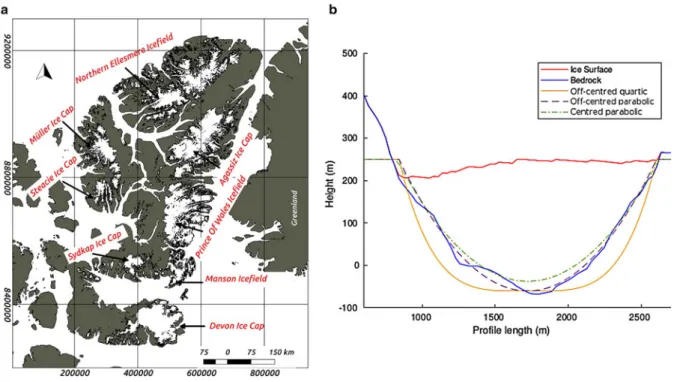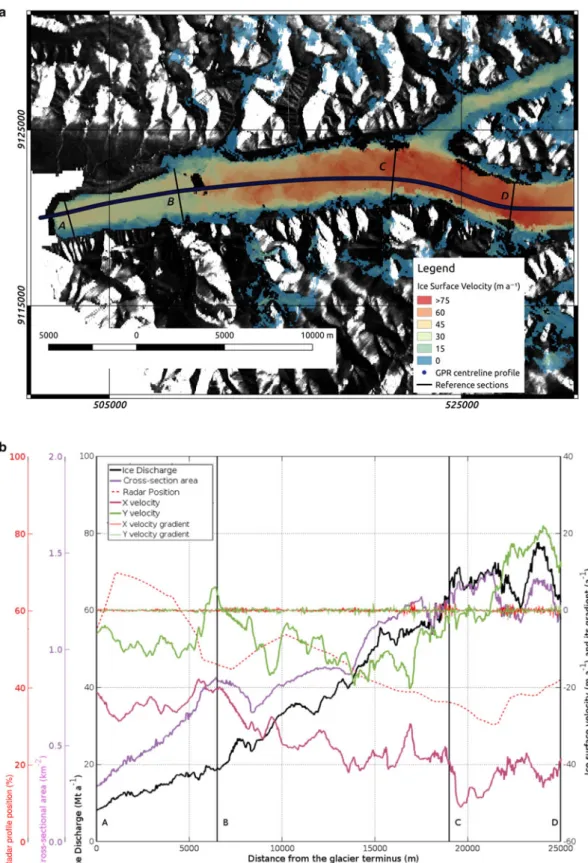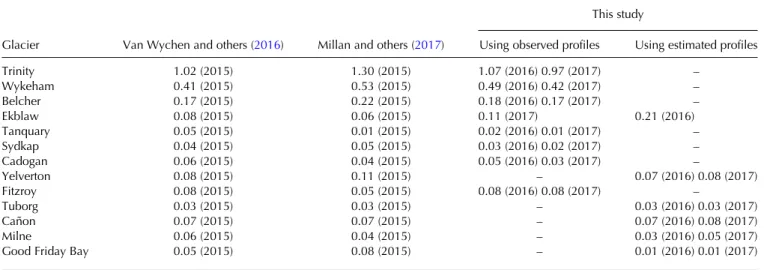Ice discharge error estimates using different cross-sectional area approaches: a case study for the Canadian High Arctic, 2016/17
Texto completo
Figure




Documento similar
K) is the Banach space of continuous functions from Vq to K , equipped with the supremum norm.. be a finite or infinite sequence of elements
As part of the cross-sectional ESCARVAL objectives, by means of the analysis of the electronic medical records, this present study determined the clinical inertia in the diagnosis
Immediately this made it a prime candidate for extensively testing the photometric transit detection method as its small cross-sectional area allows the highest
Methods: This cross-sectional observational study assessed the prevalence of two atherogenic dyslipidemia markers, high triglyceride levels and low high-density lipoprotein
In order to estimate the mechanical properties in bones for implants, pore cross-section area, calcium content, and apparent density were measured in trabecular
A cross-sectional study was carried out in 1,400 schoolchildren. Using a question- naire, we determined information related to utilization and independent variables in the
In this first report we describe data from the cross-sectional phase of the study, which aimed at evaluating: (i) the proportion of patients with controlled, partly controlled
Prediction of safety parameter using a linear regression technique The cross-validation results obtained in this study (Table 2) showed that the best calibration models obtained



